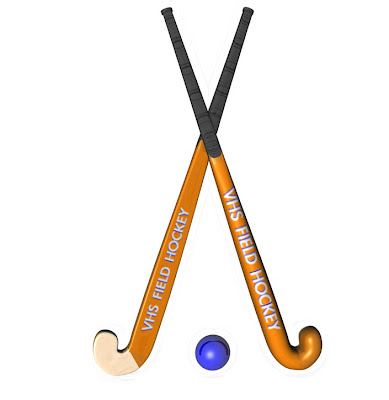When a ball has passed completely and according to the rules over the goal-lines, between the goal posts and under the cross bars, a goal is scored. At that time the ball should be within the circle having been hit by the stick of an attacker. The team that scores greater number of goals shall be the winner. If the goal keeper plays foul at the time of penalty stroke, it is not necessary for the ball to cross the goal line.
The awardable penalties are limited to 1. a free hit 2.a penalty corner and 3.a penalty stroke The opposing team should be awarded a penalty corner if a player of the defending team has sent the ball intentionally within 25 yards of the line and if the ball has gone out of the goal-line by 25 yards and the goal is not scored. A penalty corner should be awarded to the attacking team provided the ball is unintentionally over the goal line. When the ball is sent by one of the teams over the goal-line and the goal is not scored or it is sent in deliberately over the goal line by one of the defending teams from more than a distance of 25 yards from the goal-line, the same should be re-started by a hit by the defending team. A free hit should be awarded from a distance of 16 yards.
Free HitFree hit is normally taken from the place of offence. If an offence is committed by an attacker within the circle, a free hit should be taken from any side within the circle. While taking free hit, the ball shall remain stationary. Any type of hit can be used for it but the ball must not rise above knee height. Scoop-stroke will not be allowed. A free hit shall be taken from the breach place, provided that a free hit is given to the defending team within 16 yards of the inner edge of their goal line. When a free hit is taken, no player other than the striker shall be within five yards of the circle. It is not essential for the player of the host team to be at a distance of five yards. If the striker misses to hit the ball, he can re-take the hit. The striker after taking free hit, will not play ball, until it has been touched or played by another player of either team.
Penalty CornerThe attacking team will be given free hit in a circle of 5 yards from the flag post at the corner of goal line or side line. While doing penalty corner if before doing ball push the players of the defending team begin running, the referee will ask to push the ball again. While doing penalty corner, a player will do the ball push from a point inside the circle on the goal-line, then the player standing on the edge of 'D' will play with hockey and the third will hit the ball. The penalty corner will be regarded as goal but the goal should not be higher than the plank of the goal or there should not be under cut. The goal should cross the line.
Penalty StrokeThe penalty stroke is given to the attacking team when foul is intentionally committed by the defending team in the circle. At the time of corner hit, the players of both the teams may stand where they like. According to new rules, the teams may stand where they like and if the team checking the attack commits any foul- whether intentionally or unintentionally, a penalty stroke is given against it.
Penalty stroke is a hit to a player of offending team in front of goal-line from 7 yards. It is faced by the goal keeper of the defending team.
At the time of penalty stroke all the players of both the teams should stand outside the rear line of 25 yards. If the goal keeper is compelled to move a little by the striker or the striker faints the stroke should be re-taken.
As a result of the penalty stroke *If the ball completely crosses the goal post, under the cross bars and goal lines, a goal is scored.
*If goal keeper commits any breach and hinders the score, it is also considered a scored goal.
*A penalty stroke ends if the game becomes stationary in the circle or passes over it.
*The play is re-started with a free hit even if the goal is scored or not. The defending team shall be given a free hit from 16 yards of goal line.
*Duration between the penalty stroke and the re-start of the play will be added in the same half.






